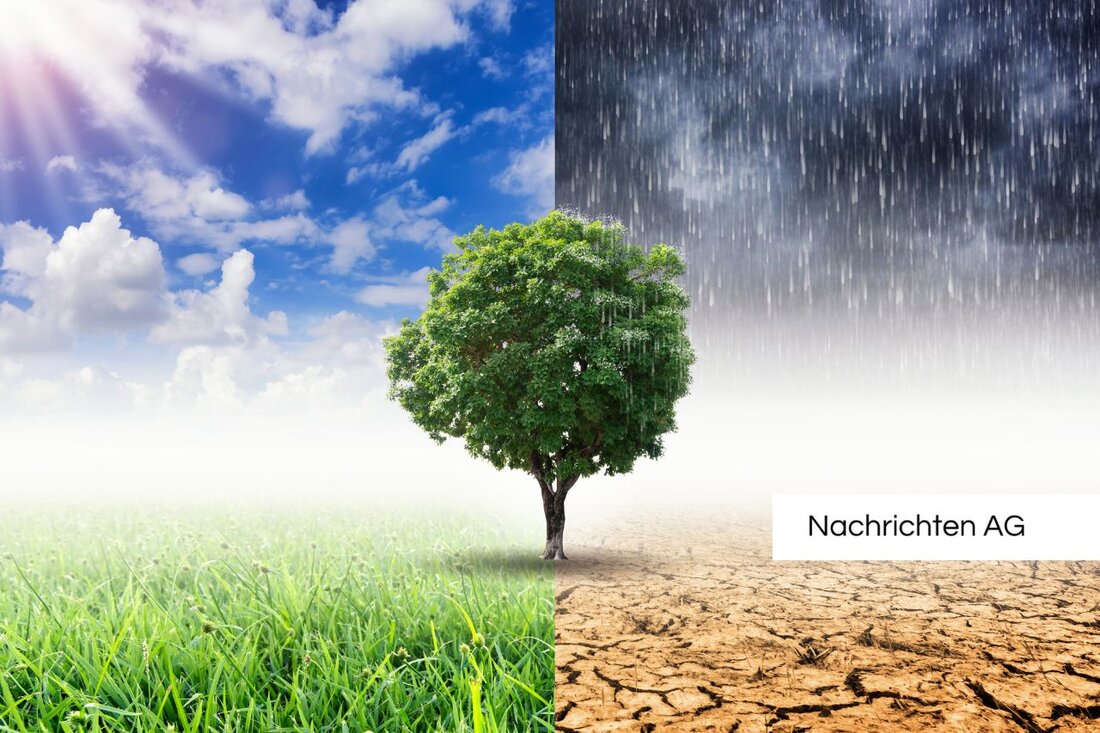Oysters in the Wadden Sea: The key to the increase in sea levels!
Oysters in the Wadden Sea: The key to the increase in sea levels!
Hannover, Deutschland - climate change has serious effects on the coastal regions of the North Sea, especially on the Wadden Sea. The rising sea temperatures and the inevitable increase in sea levels threaten the natural habitats and require measures to protect the coasts. In this context, an interdisciplinary research project, led by Leibniz Universität Hanover, examines the role of oyster reversals and mussel banks to stabilize the sediment and to support the coastline.
A central result of the study shows that oysters can significantly promote vertical sediment growth. In the reefs examined, a growth rate of up to 3.9 cm per year was determined, while the average growth of the watt surfaces is only 0.9 cm per year. The forecasts of the IPCC indicate that the sea level could increase by up to 80 cm by the end of the century, depending on the climate -damaging emissions. If the climate goals are not reached, this increase could happen faster than the natural sediment growth rate, which leads to the risk of valuable habitats in the Wadden Sea. These findings were in the study by Hoffmann et al. Published, which is part of the Biva-Watt project, which was funded by the Federal Ministry of Education and Research, which was carried out from 2019 to 2022. Uni-hannover.de
Influence of the Pacific oysters
The invasive Pacific oyster, which has increasingly found in the Wadden Sea in the past two decades, has almost completely replaced the local mussel banks. This species not only changed the composition of the mussel benches, but also influenced the structure of the reefs. According to a study published in the journal "Ecology and Evolution", the reefs of the Pacific Auster grow by average by up to 19.8 mm per year. The growth rates show that these reefs could represent potential natural wave breakers against the increase in sea level, which is of great importance for the coastal protection strategies of the North Sea. Senckenberg.de
As part of the Biva Watt project, two oyster riffs were systematically examined over a period of three years. Techniques such as 3D terrestrical laser scanning were used to capture precisely growth rates of the reefs. However, the increase in the water temperature and the increasing storm surges are a risk of the stability of these reefs. In particular, extreme weather events, such as the 2018 heat wave, led to a decline in oyster larvae and thus influenced the reef growth in the following year.
effects on the ecosystems
The climatic changes transform not only the Wadden Sea itself, but also the organisms living in it. Studies show that the North Sea has heated up almost twice as much in the past 60 years as the global ocean. The rising temperatures have serious effects on coastal morphology, sediment behavior and the habitats of many species, including important fish species. Certain species withdraw into cooler waters due to heating, while other invasive species spread strongly. These changes endanger biodiversity in the region and the natural habitats that are important for numerous fish and birds that use them as a nursery.
In summary, it can be seen that oysters and mussel banks play a crucial role in dealing with the challenges of climate change in the Wadden Sea. The interdisciplinary approaches in coastal research, such as the leading scientists such as Prof. Dr.-Ing. Torsten Schlurmann are highlighted, are crucial to better understand the effects of climate change and to develop effective protective measures. Deutschesklimaportal.de| Details | |
|---|---|
| Ort | Hannover, Deutschland |
| Quellen | |


Kommentare (0)